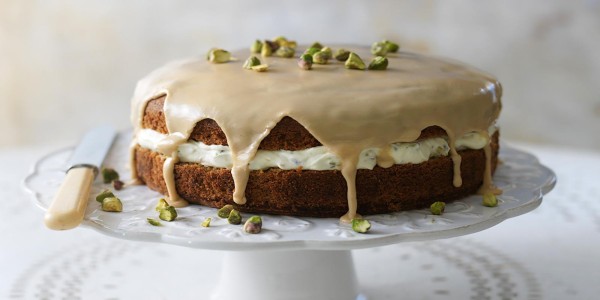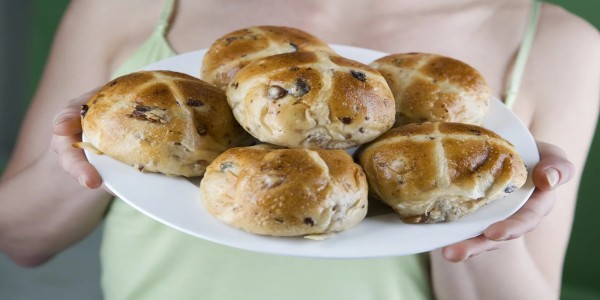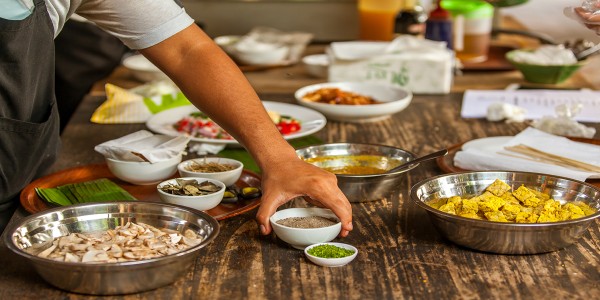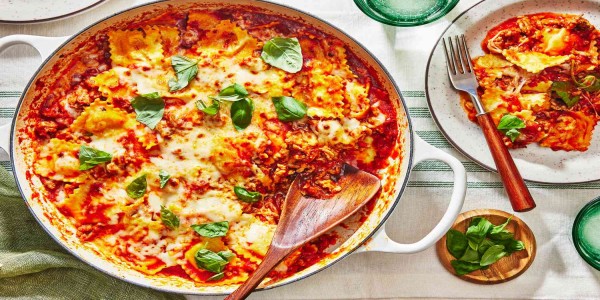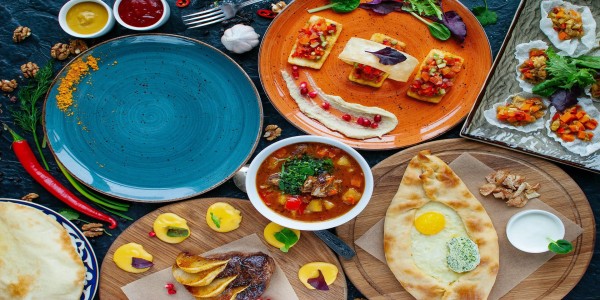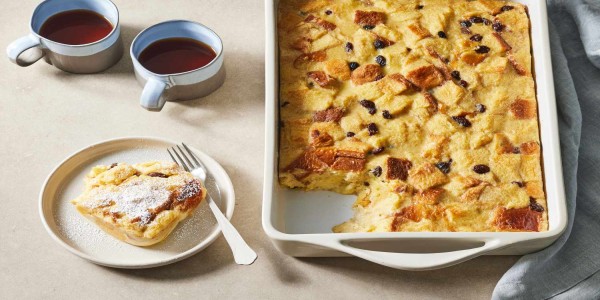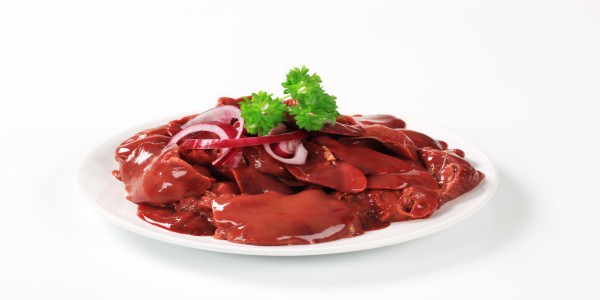Moroccan Chickpea Tagine: A Culinary Journey
Embark on a gastronomic adventure as we delve into the world of Moroccan Chickpea Tagine. This savory dish, renowned for its aromatic spices and hearty ingredients, is a true delight for the senses. Join us on a journey to discover the nuances of this iconic Moroccan delicacy.
Tracing the Roots of Moroccan Culinary Traditions
Moroccan cuisine is a tantalizing tapestry woven with the threads of history, geography, and a rich cultural heritage. Its roots stretch deep into the past, drawing inspiration from indigenous Berber traditions that have evolved over centuries. The Berbers, the original inhabitants of North Africa, brought a unique culinary identity to Morocco, characterized by the use of local ingredients such as aromatic spices, grains, and olives.
One of the defining elements of Moroccan cuisine is the marriage of sweet and savory flavors, a tradition that can be traced back to the medieval Arab influence. The introduction of ingredients like cinnamon, cumin, and coriander by Arab traders left an indelible mark on Moroccan cooking, creating the distinct flavor profile that is cherished today. The tagine, a slow-cooked stew named after the traditional earthenware pot it's prepared in, is a testament to this culinary amalgamation.
Moreover, the Moorish influence from Spain, during the period of Al-Andalus, further enriched Moroccan cuisine. The exchange of culinary techniques and ingredients between the two cultures resulted in the inclusion of almonds, citrus fruits, and exotic spices, giving birth to iconic dishes like Pastilla—a savory-sweet pie filled with spiced meat and topped with powdered sugar.
Influence of Diverse Cultures on Moroccan Food
Moroccan cuisine stands as a testament to the nation's historical openness to diverse cultures. The crossroads of civilizations, Morocco has been a melting pot of influences from Arab, Berber, Moorish, and French cultures, each contributing to the vibrant mosaic of its culinary landscape.
The Arab influence, with its emphasis on aromatic spices, lent a fragrant touch to Moroccan dishes. Cumin, saffron, and cinnamon became integral to the culinary repertoire, infusing depth and complexity into tagines, couscous, and various grilled meats. This infusion of flavors reflects not only the Arab culinary heritage but also Morocco's position as a key trade route, connecting the East to the West.
The French colonial period, which lasted from 1912 to 1956, left an indelible mark on Moroccan cuisine. French culinary techniques, such as baking and pastry making, were embraced, leading to the creation of delectable pastries like the famous Moroccan almond-filled delicacy, gazelle horns. Additionally, the French influence introduced a cafe culture, further enriching the social fabric of Moroccan culinary experiences.
The Jewish community in Morocco also played a pivotal role in shaping the country's food landscape. Dishes like Mechoui, a slow-roasted lamb, and the flavorful fish chermoula, showcase the seamless integration of Jewish culinary traditions with Moroccan flavors, highlighting the harmonious coexistence of diverse communities.
Key Ingredients and Cultural Significance
When it comes to Moroccan cuisine, the Chickpea Tagine stands out as a true representation of the rich and diverse culinary heritage of the North African nation. This delectable dish is a harmonious blend of key ingredients that not only tantalize the taste buds but also carry significant cultural importance.
At the heart of the Moroccan Chickpea Tagine is the humble chickpea, a versatile legume celebrated for its protein-packed goodness. Chickpeas have been a staple in Moroccan diets for centuries, symbolizing sustenance and resilience. The addition of chickpeas in the tagine not only infuses the dish with a satisfying texture but also pays homage to Morocco's agrarian roots.
Another essential ingredient is the succulent tomatoes, which bring a burst of freshness to the tagine. Tomatoes have become synonymous with Moroccan cooking, symbolizing the nation's vibrant agriculture. The juicy tomatoes add a subtle sweetness to the tagine, balancing the earthy flavors of the chickpeas and spices.
Preserved lemons, a hallmark of Moroccan cuisine, contribute a unique and tangy twist to the Chickpea Tagine. These lemons undergo a preservation process, imparting a distinct flavor that elevates the dish. The use of preserved lemons reflects the resourcefulness of Moroccan cooks, who historically found innovative ways to preserve ingredients in the arid climate.
Aromatic onions and garlic play a pivotal role, creating the foundation of the tagine's savory base. These ingredients showcase the importance of flavor complexity in Moroccan cooking, as onions and garlic are often used as a flavor base in various dishes. The slow-cooking process allows these aromatics to meld seamlessly with the other components, resulting in a rich and savory broth.
Lastly, the inclusion of a variety of root vegetables, such as carrots and potatoes, adds depth and heartiness to the tagine. These vegetables are not just culinary choices but also represent the abundance of produce found in Morocco. They are a testament to the nation's agricultural diversity and the importance of using locally sourced ingredients.
The Spice Symphony: Moroccan Culinary Artistry
Moroccan cuisine is renowned for its masterful use of spices and herbs, and the Chickpea Tagine is a shining example of this culinary artistry. The dish is a symphony of flavors, with each spice contributing its unique notes to create a harmonious melody on the palate.
Cumin, coriander, and cinnamon form the backbone of the spice blend, providing warmth and depth to the Chickpea Tagine. These spices have historical significance in Moroccan cuisine, dating back to the spice trade routes that connected North Africa to the Middle East. The use of these aromatic spices showcases Morocco's cultural exchange and the influence of various civilizations on its culinary landscape.
Paprika and cayenne pepper add a touch of heat, awakening the senses without overpowering the dish. Moroccan cuisine is known for its careful balance of spices, ensuring that the heat enhances rather than dominates the overall flavor profile. This nuanced approach to spicing reflects the meticulous nature of Moroccan culinary traditions.
Saffron, the world's most expensive spice, imparts a golden hue and a subtle floral essence to the tagine. Its inclusion speaks to the luxury and opulence associated with Moroccan cuisine, particularly in festive and celebratory meals. Saffron has a symbolic role in Moroccan cooking, representing prosperity and hospitality.
Fresh herbs like cilantro and parsley add a burst of freshness at the end, elevating the Chickpea Tagine to a fragrant and visually appealing masterpiece. Herbs play a crucial role in Moroccan cooking, offering a counterbalance to the richness of spices and creating a sensory experience that goes beyond taste.
Traditional Cooking Methods in Moroccan Cuisine
Moroccan cooking is a delightful fusion of flavors and aromas, deeply rooted in its rich culinary history. One of the key aspects that define the authenticity of Moroccan dishes is the use of traditional cooking methods that have been passed down through generations.
Tagine cooking is at the heart of Moroccan cuisine, and it involves slow-cooking savory stews in a cone-shaped clay pot. The unique design of the tagine allows for the retention of moisture, resulting in tender and succulent meats infused with a medley of spices. The slow simmering not only enhances the flavors but also creates a distinct texture that is a hallmark of Moroccan dishes.
Grilling is another prevalent technique in Moroccan cooking, especially for meats and vegetables. Street vendors and households alike use open flame grills to impart a smoky char to kebabs and skewers. This method adds a depth of flavor, complementing the vibrant spices used in Moroccan marinades.
Preservation techniques like pickling and drying are also integral to Moroccan cooking. Preserving lemons, for example, involves soaking them in a brine of salt and lemon juice for several weeks. These preserved lemons add a tangy and slightly salty kick to many Moroccan dishes, cutting through rich flavors and providing a unique taste.
The use of communal ovens, known as communal tandoors, is a traditional method for baking Moroccan bread, such as the iconic khobz. The communal aspect not only contributes to a sense of community but also imparts a distinct flavor to the bread. The smoky essence from the communal tandoor elevates the simple act of baking into a communal experience, reinforcing the cultural significance of sharing meals.
In summary, traditional cooking methods in Moroccan cuisine showcase a deep connection to the country's cultural heritage. Tagine cooking, grilling, preservation techniques, and communal baking all contribute to the unique and flavorful tapestry of Moroccan dishes.
The Art of Balancing Sweet and Savory Flavors in Moroccan Dishes
Moroccan cuisine is a delightful dance of contrasting flavors, where sweet and savory coexist harmoniously on the palate. The art of balancing these flavors is a hallmark of Moroccan culinary expertise, creating dishes that are a sensory delight.
One of the key ingredients that contribute to this balance is the extensive use of spices. Cinnamon, cumin, coriander, and paprika are often combined with sweet spices like nutmeg and cloves to create complex spice blends. These blends are used to season both savory and sweet dishes, seamlessly integrating the contrasting flavors.
Fruits, particularly dried fruits, play a crucial role in introducing sweetness to savory dishes. Apricots, dates, and raisins are commonly added to tagines and couscous, offering a burst of natural sweetness that counteracts the savory and spicy elements. The result is a harmonious marriage of flavors that dance across the taste buds.
Moroccan sauces and condiments also contribute to the sweet-savory balance. Harissa, a spicy chili paste, adds heat to dishes, while honey and pomegranate molasses bring sweetness. These condiments are used judiciously to create a symphony of flavors that is neither overwhelmingly sweet nor overly savory.
One iconic Moroccan dish that epitomizes the art of balancing sweet and savory is the famous Chicken with Preserved Lemons and Olives. The savory chicken, enhanced by the briny olives and tangy preserved lemons, is counterbalanced by a hint of sweetness from honey or sugar. This dish encapsulates the essence of Moroccan culinary philosophy – a harmonious blend of diverse flavors.
FAQs: Your Culinary Queries Answered
What Makes Moroccan Chickpea Tagine Authentic?
Delve into the authenticity of Moroccan Chickpea Tagine, understanding the cultural and historical context that makes it a staple in Moroccan households.
Can I Substitute Ingredients in Moroccan Chickpea Tagine?
Navigate the world of ingredient substitutions without compromising the essence of this dish. Uncover alternative choices that cater to dietary preferences.
How Long Does It Take to Cook Moroccan Chickpea Tagine?
Embark on a culinary journey with a clear timeline. Learn the patience-inducing art of slow-cooking that transforms simple ingredients into a sumptuous Moroccan feast.
Is Moroccan Chickpea Tagine Suitable for Vegetarians?
Discover the vegetarian-friendly nature of this dish, offering a delectable option for those embracing a plant-based lifestyle.
What Pairs Well with Moroccan Chickpea Tagine?
Explore the perfect companions for your Moroccan Chickpea Tagine, ensuring a well-rounded and satisfying dining experience.
Can I Freeze Moroccan Chickpea Tagine for Later?
Unlock the secrets of preserving the flavors of Moroccan Chickpea Tagine. Learn the proper techniques for freezing and reheating without compromising taste.
Conclusion: A Culinary Masterpiece Awaits
As we conclude our culinary journey through Moroccan Chickpea Tagine, savor the satisfaction of creating a dish that transcends borders. Let the aromatic blend of spices transport you to the vibrant streets of Morocco. Elevate your cooking prowess and relish the magic of Moroccan cuisine.

